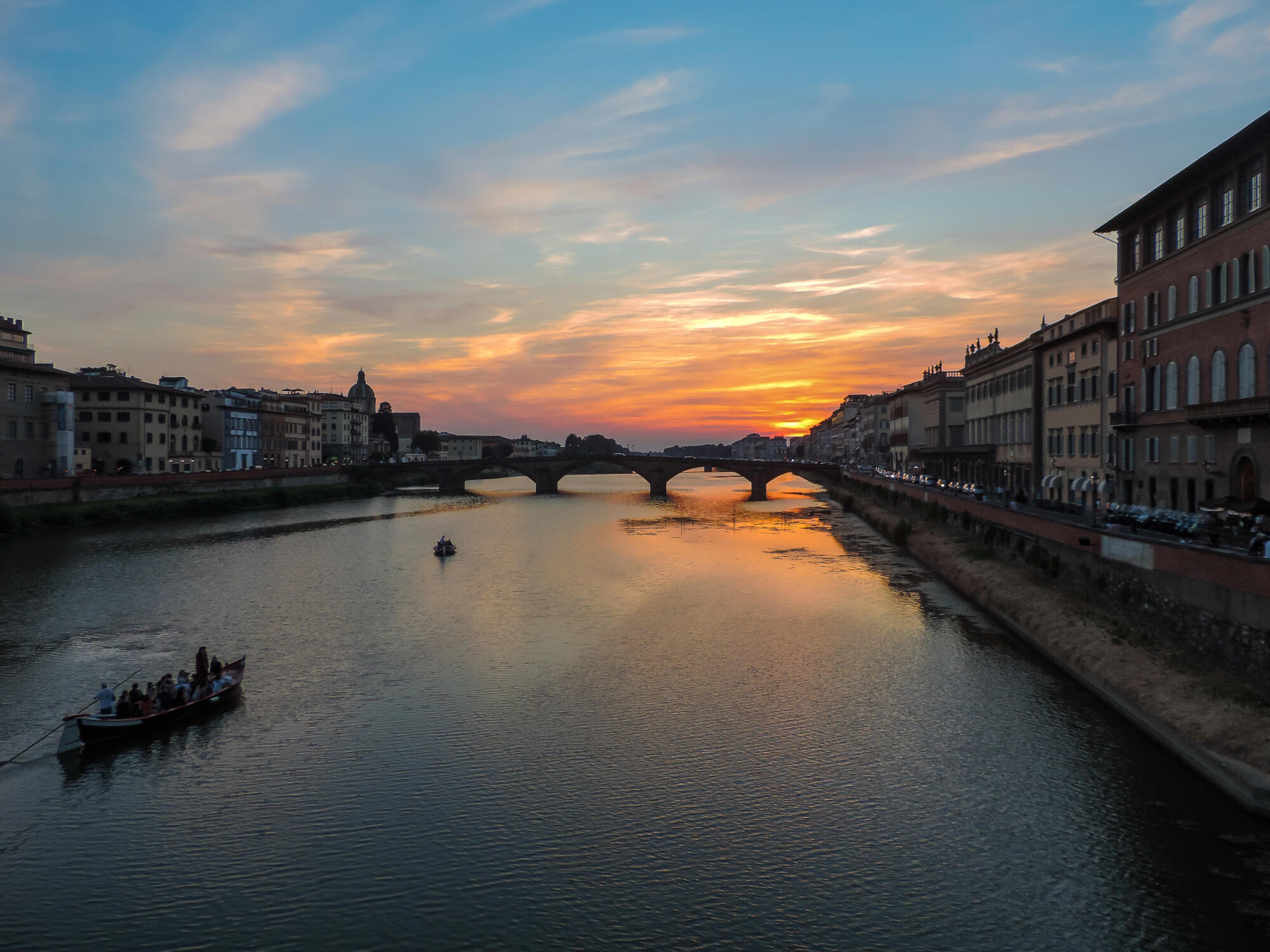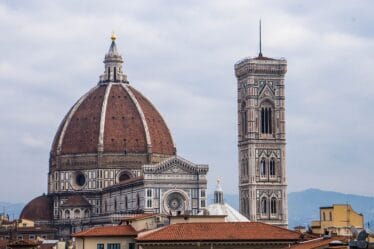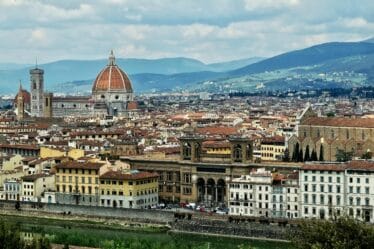
Ferragosto: The Italian Celebration of the Assumption of Mary
Ferragosto, celebrated on August 15th, is the popular Italian name for the feast day of the Assumption of Mary, a significant event in many Catholic countries with ancient Roman origins. This holiday also marks the height of summer, often extending into a long holiday week known as “ponte di Ferragosto,” making it a key period for vacations and festivities.
Traditional Ferragosto Activities
Ferragosto is synonymous with various traditional activities such as:
- Outdoor Celebrations: Barbecues, picnics, and alfresco dining.
- Festive Bonfires: Nighttime gatherings around falò (bonfires).
- Fireworks Displays: Pirotecnic shows light up the summer sky.
- Water Activities: Depending on the weather, cleaning pools, and enjoying lakes, rivers, and other water bodies.
- Mountain Escapes: Many people head to the mountains or hills for cooler climates and relaxation.
Historical Background of Ferragosto
The name Ferragosto comes from the Latin Feriae Augusti (rest of Augustus), a festival established by Emperor Augustus in the 18th century BC. Originally held on August 1st, it was later merged with other August festivities like the rural Vinalia, Nemoralia, and Consualia, which honored Conso, the god of soil and fertility. These celebrations marked the end of the agricultural season and provided a period of rest and unity, known as the Augustali, especially after the grueling summer labor.
Ancient and Modern Customs
During the Roman Empire, horse races were organized, and draft animals such as oxen, donkeys, and mules were decorated with flowers. These customs persist today, notably in the “Palio dell’Assunta” in Siena on August 16. The term “palio” originates from the pallium, a luxurious cloth awarded to race winners in ancient Rome.
Renaissance and Papal Influence
In the Renaissance, Ferragosto traditions became deeply ingrained and were even mandated in the Papal States. Workers would offer good wishes to their employers in exchange for a small monetary gift.
Religious Significance
The Catholic Church officially extended the celebration from August 1st to August 15th, aligning the secular festival with the religious feast of the Assumption of Mary. This coordination ensured a seamless integration of cultural and religious observances.
Celebrate Ferragosto by embracing its rich history, enjoying traditional festivities, and taking a well-deserved break during the height of summer.



